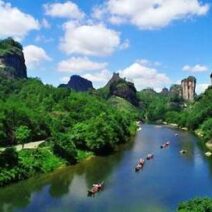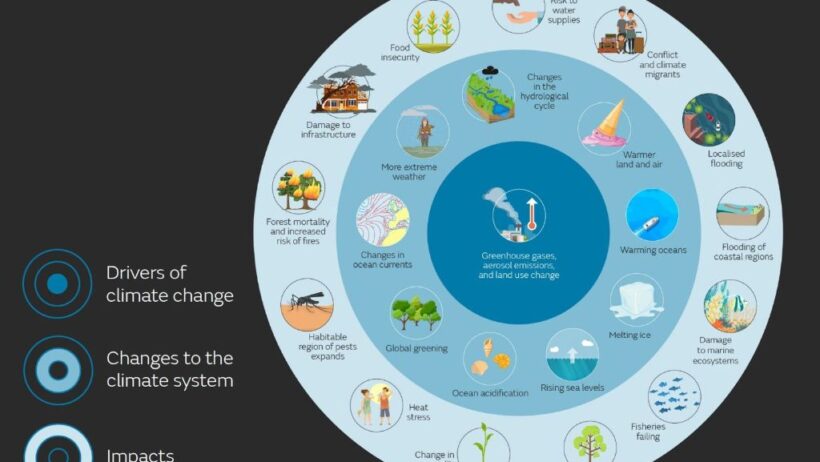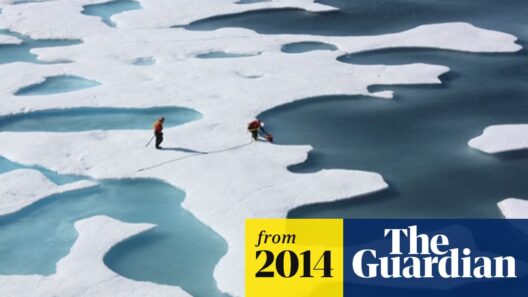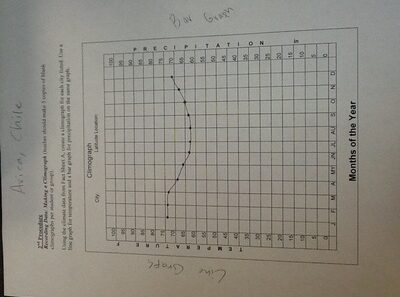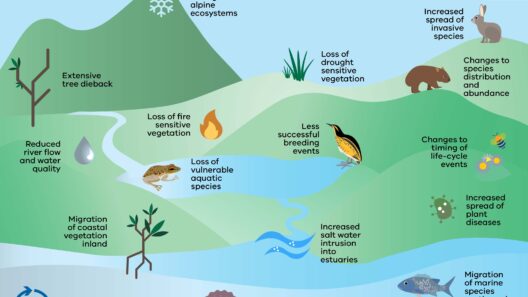Global climate change has emerged as one of the most pressing challenges of our time. Understanding the complex interplay of factors that drive this phenomenon can be daunting, but grasping these key drivers is essential for fostering informed discussions and enacting meaningful change. This exploration seeks not only to illuminate the underlying causes of climate change but also to invoke curiosity about the intricate systems that govern our planet’s climate.
As we navigate through this urgent topic, we will delve into the multilayered drivers of global climate change, ranging from human activities to natural processes. Each element, intertwined with the others, forms a tapestry of environmental dynamics that influences the health of our planet.
Human Activities: The Primary Catalyst
At the forefront of climate change drivers lies human activity, particularly the combustion of fossil fuels for energy. The energy sector is responsible for a significant fraction of greenhouse gas emissions, including carbon dioxide (CO2) and methane (CH4). These gases trap heat in the atmosphere, leading to a rise in global temperatures—a phenomenon commonly referred to as the greenhouse effect.
In addition to energy consumption, deforestation plays a crucial role in exacerbating climate change. Trees act as carbon sinks, absorbing CO2 from the atmosphere. However, the widespread clearing of forests for agriculture, urban development, and logging not only releases stored carbon but also diminishes the planet’s capacity to sequester future emissions. The tragic irony is that while we depend on forests for biodiversity and ecological balance, our relentless pursuit of industrial progress often results in their demise.
Agricultural Expansion: A Double-Edged Sword
Agriculture remains a significant contributor to climate change, both as a source of emissions and a driver of deforestation. Livestock farming, in particular, generates a considerable amount of methane through enteric fermentation—a digestive process in ruminants like cows. The expansion of agricultural lands also necessitates the clearing of vast tracts of forests, transforming once-vibrant ecosystems into monoculture plantations.
Furthermore, the use of synthetic fertilizers releases nitrous oxide (N2O), another potent greenhouse gas. This creates a vicious cycle where agricultural practices designed to increase yields contribute substantially to climate change, undermining food security and agricultural resilience in the long term.
Industrial Processes: Emissions Beyond Energy
Other sectors, such as manufacturing and transportation, also impose significant environmental stress. Industries generate emissions related not only to energy consumption but also as byproducts of chemical reactions. These processes often involve the use of harmful substances, further compounding the impacts on air quality and climate.
Transportation, reliant on fossil fuels, contributes substantially to greenhouse gas emissions. The incessant increase in vehicle numbers, coupled with inadequate public transportation infrastructure, results in urban congestion, leading to elevated pollution levels. Shifting toward sustainable energy solutions and enhancing public transport systems could mitigate these detrimental effects and create a more proactive climate strategy.
Natural Processes: Climate’s Intrinsic Dynamics
While human activities are notable drivers, natural processes also contribute to fluctuations in climate patterns. For instance, volcanic eruptions release vast quantities of ash and greenhouse gases, which can momentarily cool global temperatures by blocking sunlight. Conversely, phenomena such as El Niño and La Niña manifest significant climatic variations that can lead to extreme weather conditions worldwide.
Moreover, natural climate variability has historically influenced long-term trends in the Earth’s climate. Understanding these processes illuminates the importance of distinguishing between anthropogenic effects and natural cycles. While natural events can have profound implications, the urgency of addressing human-induced climate change necessitates immediate action and awareness of our role in the larger ecosystem.
Feedback Loops: The Perilous Interconnections
One of the most alarming aspects of climate change is the presence of feedback loops—interconnected systems that can exacerbate climate anomalies. For example, as ice caps and glaciers melt due to rising temperatures, less sunlight is reflected back into space, resulting in further warming. This phenomenon also applies to the thawing of permafrost, which releases stored methane, compounding the greenhouse effect.
These feedback mechanisms emphasize the fragility of our climate system and underscore the critical importance of understanding the interdependencies at play. Each driver of climate change not only stands alone but also interacts dynamically with others, creating complex scenarios that may push our planet beyond its ecological limits.
Global Perspectives: Beyond Borders
Lastly, it is vital to recognize that climate change is a global issue that transcends national boundaries. While certain countries might be responsible for disproportionately high emissions, the effects of climate change are felt worldwide. Rising sea levels, increasing temperatures, and erratic weather patterns do not respect geopolitical divisions. Therefore, international collaboration and a unified approach are essential for effective climate solutions.
In confronting climate change, it is imperative to foster dialogue and share innovative strategies across borders. Emphasizing the interconnectedness of our challenges allows for a more comprehensive understanding of the issues at hand, cultivating a global community committed to sustainable practices.
Conclusion: A Call to Action
The myriad factors affecting global climate change compel us to shift our perspective and engage in meaningful discourse on environmental stewardship. While the drivers of climate change present daunting challenges, awareness and education are powerful tools for catalyzing change. By understanding the intricate web of human activities, natural processes, and systemic feedback loops, we can pave the way for sustainable solutions and invoke a sense of urgency to protect our planet for future generations.
